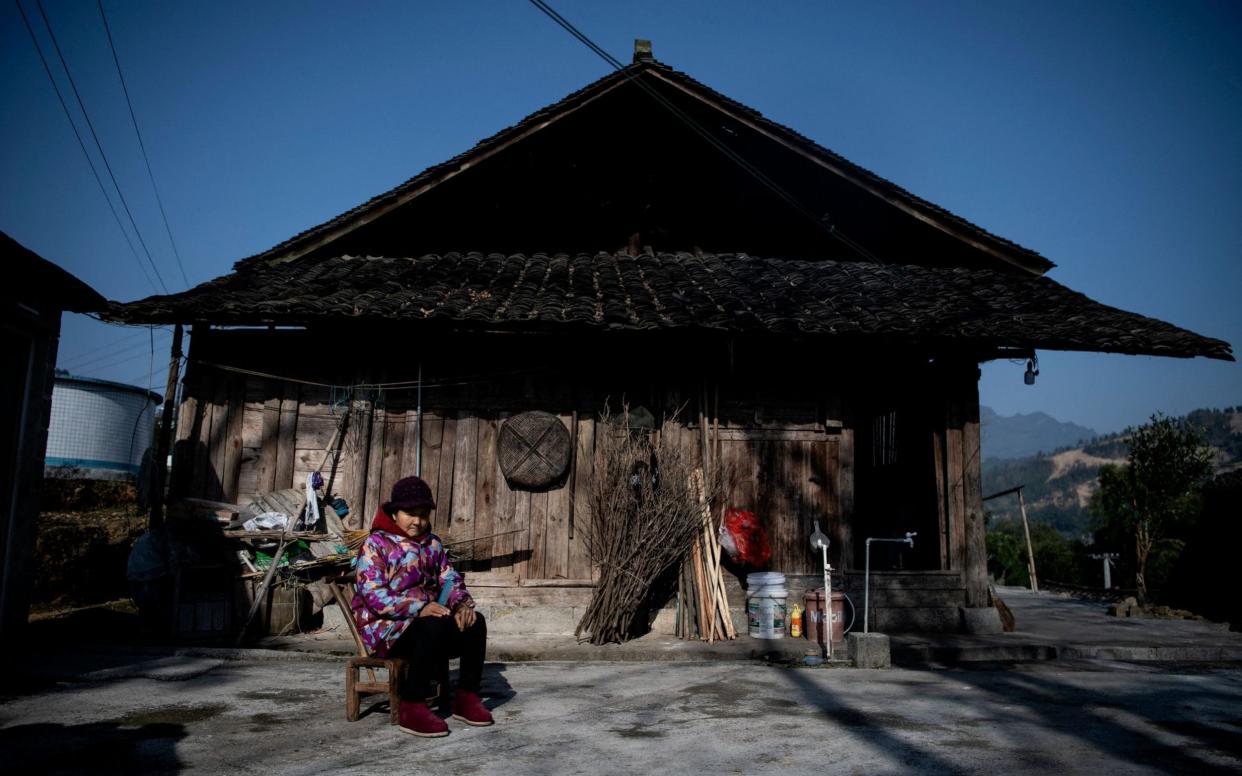Analysis: China's unsustainable poverty eradication claims are a house of cards

China is awash with propaganda declaring that poverty has been eradicated in the nation of 1.4 billion people – a sweeping assertion that has drawn doubts given the government’s criteria for making the claim.
While the Chinese government has managed to pull hundreds of millions of people out of poverty in efforts to become a “moderately prosperous” country, scores still struggle to make ends meet.
China defines "extreme rural poverty" as an annual per capita income of 4,000 yuan ($620 or less), or roughly $1.70 a day, compared to the World Bank’s global threshold of $1.90 a day.
Experts, however, have long said that China, the world’s second-largest economy, should use a more relative poverty line to gauge the economic health of its population.
The World Bank estimates about 373 million Chinese are living on less than $5.50 a day, a more comparable poverty line for an upper-middle-income country, like China. Per capita income also remains only about a quarter of that of high-income countries.
In other words, on paper, China appears to have lifted many out of poverty. But in practice, it hasn’t been enough to broadly improve living standards sufficiently, especially as income inequality remains a major issue, particularly between rural and urban areas.
The other concern is whether China’s measures to achieve its target of eradicating poverty by the end of last year will prove sustainable in the long run. Many people have been paid government stipends, increasing their income levels – again, on paper.
While government support has been welcomed by some, there are questions on how exactly China will manage to continue to make payments. China’s state pension fund is already slated to run dry by 2035.
There are also gaps in coverage – one such programme that serves as the primary safety net for some of China’s poorest people covered only 3.1 per cent of the population as of mid-2020, with monthly payments as low as around $65 a month, according to the Center for Strategic and International Studies, a think tank in Washington.
Local officials determine which households receive payments, making the programme vulnerable to corruption. Critics have also pointed out that cash stipends could disincentivise people from working.
Rural farmers, relocated from their land to modern housing blocks – a plan meant to improve their livelihoods that has backfired – have told the Telegraph that their only choice is to live off government payments as they aren’t trained for jobs available in urban areas.
In some cases, these farmers have even rented out their shiny new apartments – handed out by the government in the name of poverty alleviation – returning secretly to villages and using rental income as a way to survive.
So it’s unclear how sustainable China’s poverty alleviation policies will be. In many ways, the government is simply kicking the problem down the road.
But here, once Chinese leaders have set a target to ‘achieve,’ there is no other option but to make that happen – even if it’s just on the surface.

